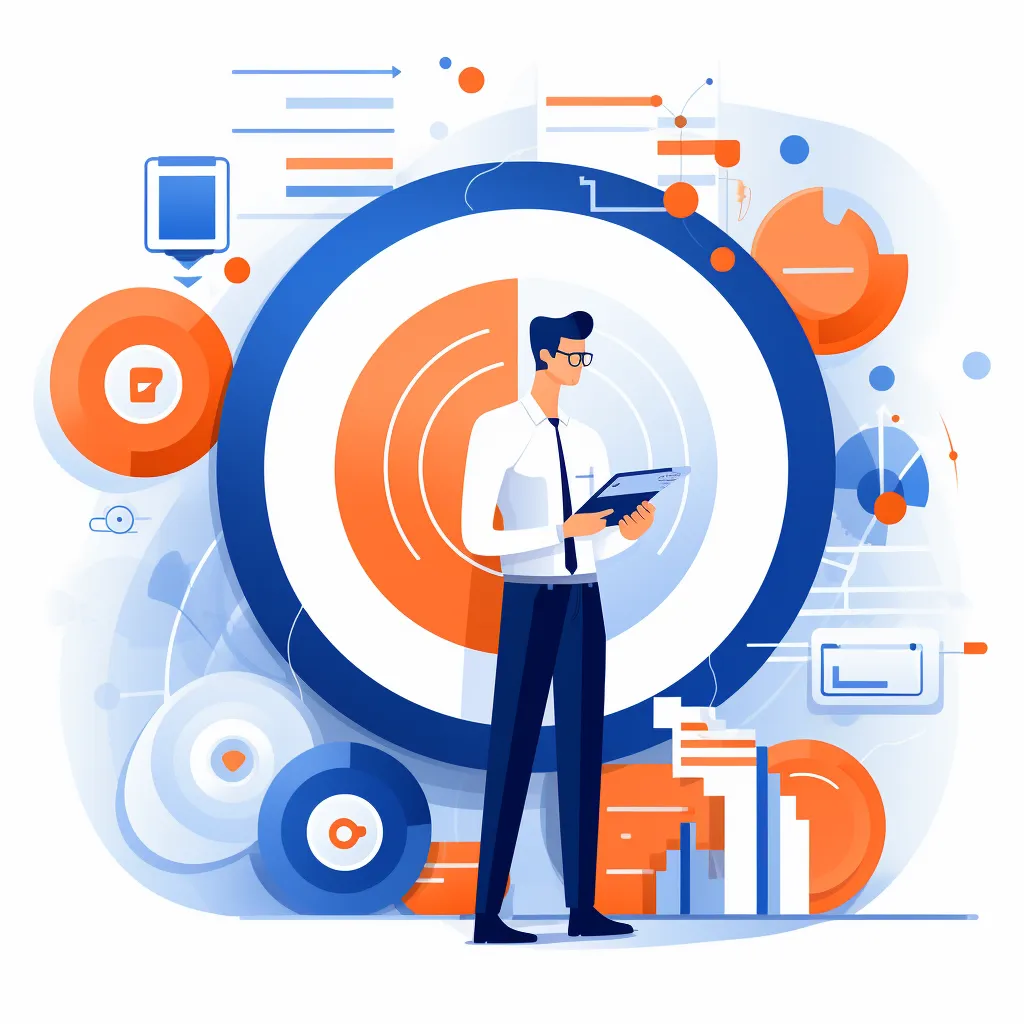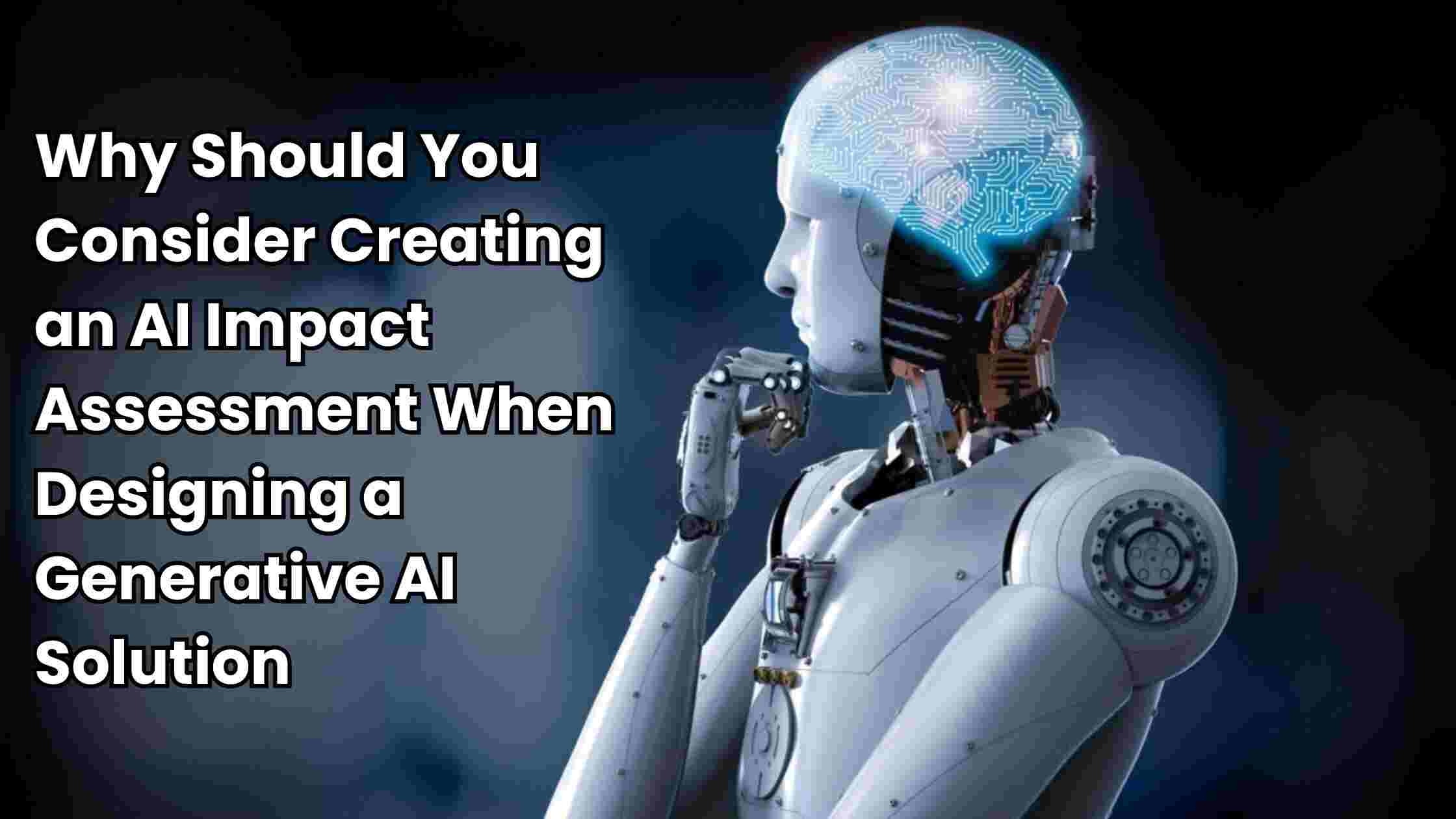Are you thinking about creating a generative AI solution? Before you dive in, there’s something important you should consider which is an AI impact assessment. This tool helps you understand how your AI project might affect people, society, and the environment. It’s like a safety check for your AI idea.
By doing an impact assessment, you can spot potential problems early, make better decisions, and build trust with your users.
In this post, we’ll explore why these assessments are crucial and how they can help you create responsible AI solutions. Let’s get started on your journey to smarter, safer AI design!
Table of Contents
- What is an AI Impact Assessment?
- Why AI Impact Assessments Matter
- Benefits of Creating an AI Impact Assessment
- Key Areas to Consider in Your Assessment
- How to Get Started with an AI Impact Assessment
- Real-World Examples
- Conclusion
What is an AI Impact Assessment?

An AI impact assessment is like a health check-up for your AI project. It’s a process where you look at how your AI might affect people and the world around you. Think of it as answering these questions:
- How will our AI help people?
- Could it cause any problems?
- Are we being fair to everyone?
- Is our AI safe to use?
By doing this checkup, you make sure your AI is helpful and not harmful. It’s a way to be responsible when creating new technology.
Why AI Impact Assessments Matter
AI impact assessments are super important for three big reasons:
- They help us do the right thing: By thinking about how our AI affects others, we can make sure we’re being kind and fair.
- They keep us on the right side of the law: Many countries are making rules about AI. These assessments help us follow those rules.
- They protect us from mistakes: By spotting problems early, we can fix them before they become big issues.
Remember, it’s always better to prevent problems than to fix them later!
Benefits of Creating an AI Impact Assessment

Creating an AI impact assessment comes with several perks:
1. Better decision-making
You’ll have a clear picture of your AI’s effects, helping you make smarter choices.
2. More transparency
You can explain your AI better to others, building trust with your users and partners.
3. Innovation boost
By understanding challenges early, you can come up with creative solutions.
4. Risk reduction
You’ll spot potential issues before they become real problems, saving time and money.
5. Improved teamwork
The assessment process gets everyone thinking about AI responsibility, creating a shared goal.
Key Areas to Consider in Your Assessment
When doing your AI impact assessment, focus on these important areas:
1. Privacy: Are we protecting people’s personal information?
2. Fairness: Is our AI treating everyone equally?
3. Security: Can someone misuse our AI?
4. Environmental impact: How much energy does our AI use?
5. Social effects: Will our AI change how people work or live?
6. Transparency: Can we explain how our AI makes decisions?
7. Accountability: Who’s responsible if something goes wrong?
By looking at these areas, you’ll cover the most important parts of AI impact.
How to Get Started with an AI Impact Assessment
Ready to start your AI impact assessment? Follow these simple steps:
First Step: Form a team Get people from different departments to work together.
Second Step: Define your AI project Write down what your AI will do and who will use it.
Third Step: Identify potential impacts Brainstorm how your AI might affect people and society.
Fourth Step: Analyze risks and benefits Look closely at the good and bad effects you’ve identified.
Fifth Step: Create an action plan Decide how you’ll maximize benefits and minimize risks.
Sixth Step: Review and update Keep checking your assessment as your project grows.
Remember, the goal is to learn and improve, not to be perfect right away!
Real-World Examples
Here are two examples of AI impact assessments in action:
Case 1: FriendlyChat AI
A company creating a chatbot for customer service did an impact assessment. They found that their AI might accidentally share private customer info. So, they added extra security measures before launching.
Case 2: HireRight AI
A startup making AI for job recruiting realized their tool might be biased against certain groups. After their assessment, they changed their data and testing process to make the AI fairer.
These examples show how impact assessments can lead to better, safer AI products.
Conclusion
In conclusion, AI impact assessments are crucial for creating responsible AI. They help us make better decisions, build trust, and avoid problems. By looking at things like privacy, fairness, and social impact, we can create AI that truly helps people. Remember, it’s not just about following rules—it’s about making AI that’s good for everyone. So, always think about the impact of your AI projects!

